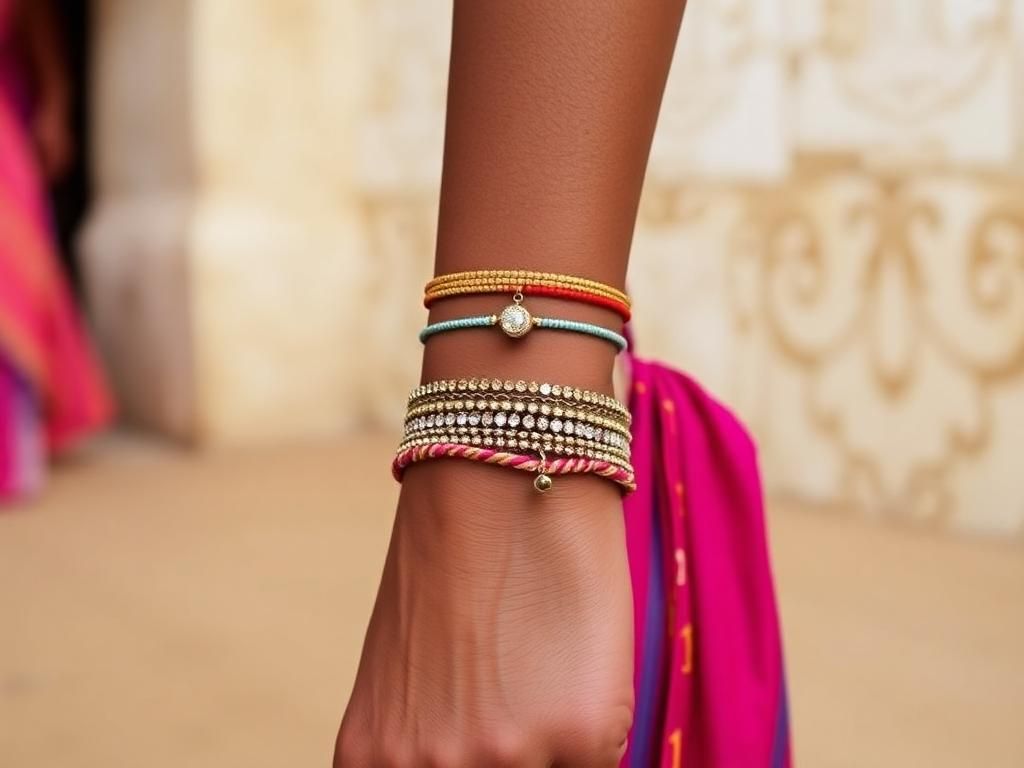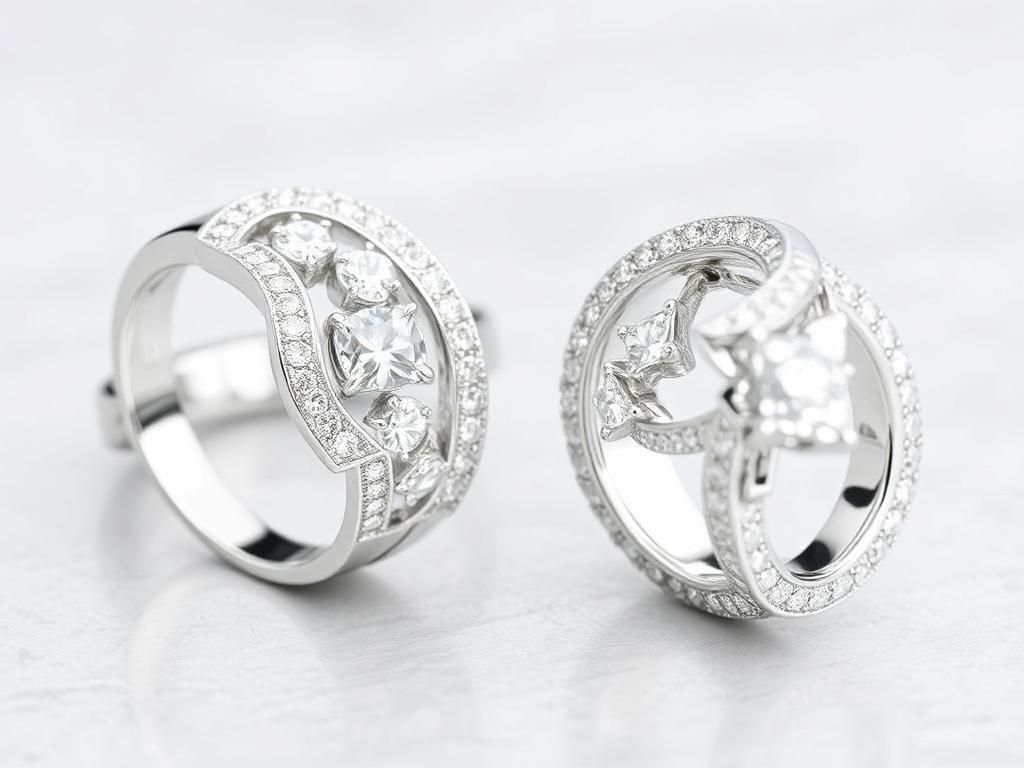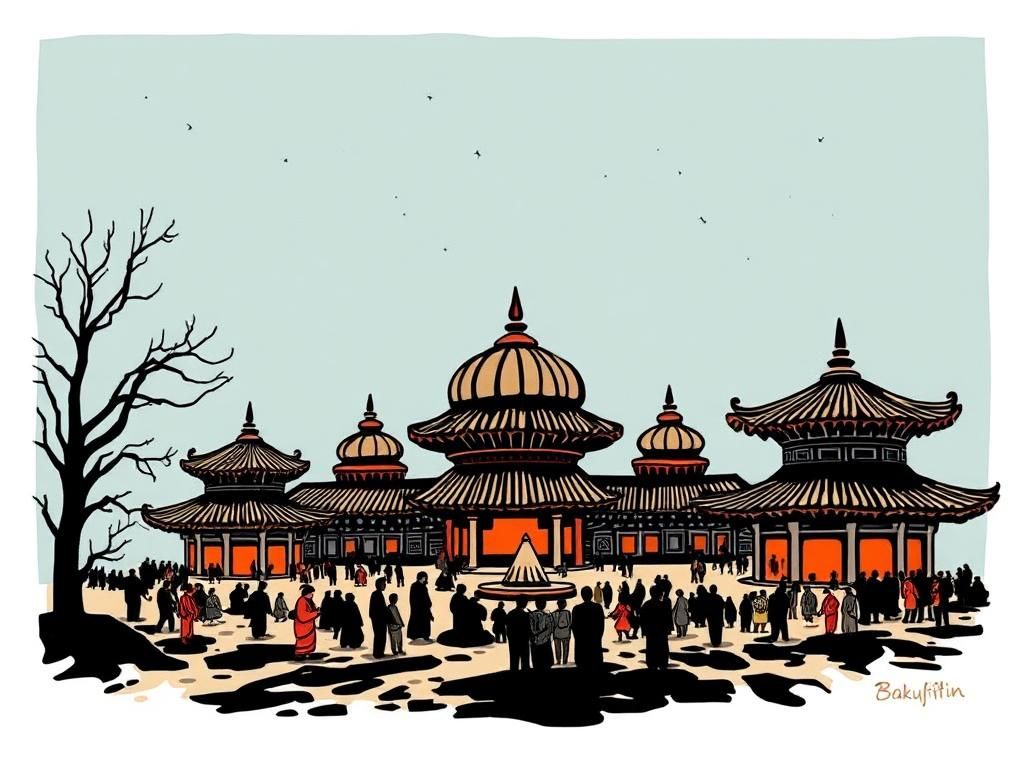Anklets, often overlooked in the realm of jewelry, are rich in meaning and tradition. These charming adornments have been worn by cultures all over the globe for centuries, each signifying a unique blend of identity, status, and personal expression. From ancient rituals to modern fashion statements, what do anklets signify is a question that encompasses a range of interpretations, revealing the depth and diversity of human adornment.
Anklets have a long history, found in ancient civilizations including Egypt and India. These cultures utilized anklets not only for decorative purposes but also as symbols of cultural identity and social status. The purpose of this article is to explore the multifaceted significance of anklets in various contexts, delving into their cultural heritage, symbolic meanings, and modern-day relevance.
Cultural Significance of Anklets
Historical Context
Understanding what do anklets signify begins with examining their historical roots. Anklets have been discovered in ancient tombs in Egypt, often used to signify wealth and rank amongst the elite. In ancient Egyptian society, anklets were made of gold and adorned with precious stones, symbolizing the owner’s status and relation to the divine.
In India, anklets hold a special place in performing arts and matrimony. Traditional dance forms, such as Bharatanatyam and Kathak, often incorporate anklets known as “payals” or “ghungroos,” which enhance the dancer’s movements and rhythm. During weddings, anklets are commonly gifted to brides as a symbol of grace and femininity, reflecting their role in familial traditions.
As time progressed, anklet styles evolved across many cultures, from the minimalistic designs of some indigenous tribes to the intricate patterns found in urban fashion.
Regional Variations
Different cultures imbue anklets with their meanings, particularly in Hindu and Middle Eastern cultures.
Hindu Culture
In Hindu traditions, anklets are often associated with weddings and festivals. They symbolize femininity and grace, embodying the essence of womanhood. Brides often wear heavy, ornate anklets to signify auspiciousness, while women wear lighter versions during festivals to celebrate their cultural identity.
Middle Eastern Cultures
In several Middle Eastern cultures, anklets symbolize wealth and status. The intricate designs and materials mirrored one’s social standing, and they were often worn during traditional dances, where the jingling sound of anklets added to the vibrancy of the performance.
Western Cultures
Contrastingly, in Western cultures, anklets are predominantly viewed as fashion statements and forms of personal expression. The bohemian trends of the 1960s and 70s saw a resurgence in popularity as artists and influencers adopted anklets as a fashion accessory. Today, they continue to represent individuality, often made from diverse materials that reflect personal style.
Symbolism Associated with Anklets
Love and Relationships
In many cultures, anklets serve as tokens of love and commitment. Gifting an anklet can symbolize a promise between partners, often featuring designs that hold personal meaning or shared experiences. In some communities, rituals surround the act of giving an anklet, reinforcing emotional ties.
Status and Wealth
The materials and craftsmanship of anklets can signify social standing. In particular, anklets made of precious metals and gemstones are often associated with affluence. The more intricate the design and the higher the quality of materials used, the greater the perceived value of the anklet.
Spiritual and Protective Beliefs
Anklets hold spiritual significance in numerous cultures. For instance, some traditions incorporate anklets in rituals aimed at protection against evil spirits. Certain communities believe that wearing an anklet signifies a connection to fertility and motherhood, enhancing a woman’s attributes in these aspects.
Fashion and Personal Expression
Modern Trends
The contemporary fashion industry has embraced anklets, leading to a dramatic rise in popularity among all age groups. Influenced heavily by social media and fashion icons, modern anklets come in various styles, from elegant metal chains to bohemian beadwork. They serve as visual representations of individual style, making them accessible to everyone.
Symbolism in Personal Style
Wearing an anklet can reveal much about one’s personality. Bohemian designs, often made from hemp and beads, may suggest a free-spirited nature, while minimalist styles in gold or silver tend to represent elegance and sophistication. Each choice reflects different aspects of one’s life and identity.
How Anklets are Worn
Placement and Meaning
Where an anklet is worn can also carry implications. Traditionally, a right ankle can symbolize commitment, while a left ankle is often thought to signify a more casual association. Additionally, the style of anklet and how it is arranged can communicate varying messages, such as openness or exclusivity.
Care and Maintenance
To maintain the essence and symbolism of an anklet, proper care is essential. Neglecting an anklet can lead to tarnishing or breaking, diminishing its significance. Whether it’s gold, silver, or fabric, each type requires specific care to ensure its longevity and continued representation of its personal or cultural meaning.
| Cultural Context | Symbolism | Popular Materials | Usage Occasions |
|---|---|---|---|
| Egypt | Wealth & Rank | Gold, Gems | Royal occasions |
| India | Feminine Grace | Silver, Gold | Weddings, Festivals |
| Middle East | Status & Wealth | Gold, Silver | Cultural Dances |
| Western Cultures | Personal Expression | Fabric, Leather, Metal | Everyday Fashion |
FAQ Section
1. What do anklets signify in Hindu culture?
Anklets in Hindu culture often symbolize femininity and grace, commonly worn during weddings and festivals.
2. Can anklets be worn by men?
Yes, while traditionally more favored by women, men in various cultures wear anklets as symbols of style or identity.
3. Are there any spiritual meanings associated with anklets?
Absolutely, anklets are believed to offer protection against evil spirits and can signify a connection to fertility and motherhood in many cultures.
4. How should I care for my anklet?
Caring for an anklet depends on its material; for example, metal anklets should be cleaned gently while fabric ones should be washed appropriately to maintain their design and meaning.
5. What styles of anklets are trending today?
Popular styles include minimalist metal anklets, colorful beaded designs, and personalized charm anklets, influenced by social media and fashion trends.
6. Is there a difference between an anklet and a bracelet?
Yes, an ankle bracelet is specifically designed for the ankle, while a bracelet is worn around the wrist. Both serve different aesthetic and cultural purposes.
7. Are anklets considered to be a feminist symbol?
Yes, some view anklets as a symbol of female empowerment and independence, often celebrating women’s style and individual expression in diverse societies.
8. What’s the significance of the placement of an anklet on the left or right ankle?
Traditionally, wearing an anklet on the right ankle signifies commitment, while the left ankle is more aligned with casual relationships.
9. Can anklets be worn for medical purposes?
Some anklets are designed specifically for individuals with medical conditions and can serve therapeutic purposes within prescribed limits.
10. Where can I find ethically sourced anklets?
Many online platforms focus on handmade and ethically sourced jewelry, providing support to artisans around the world. Websites like Etsy or local artisan markets are great places to start.
Strongly rooted in tradition yet modern in their use, anklets serve as captivating symbols of identity, love, personal expression, and culture. Whether adopted as a fashion accessory or imbued with cultural meaning, they continue to resonate across generations. Embracing anklets signifies an appreciation for both history and individuality, making them more than just a decorative element; they are powerful statements of who we are.


